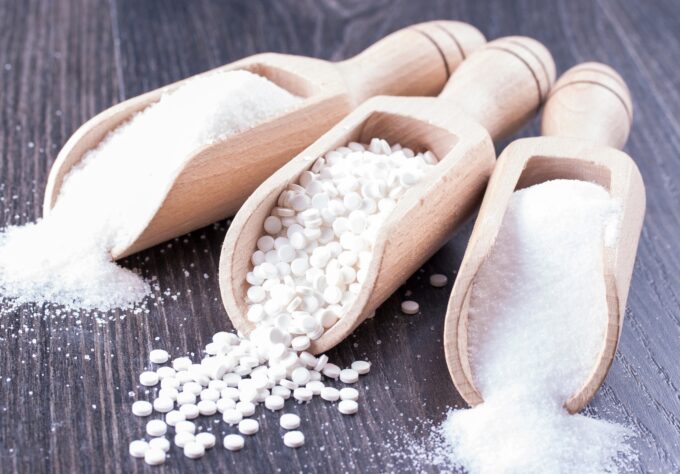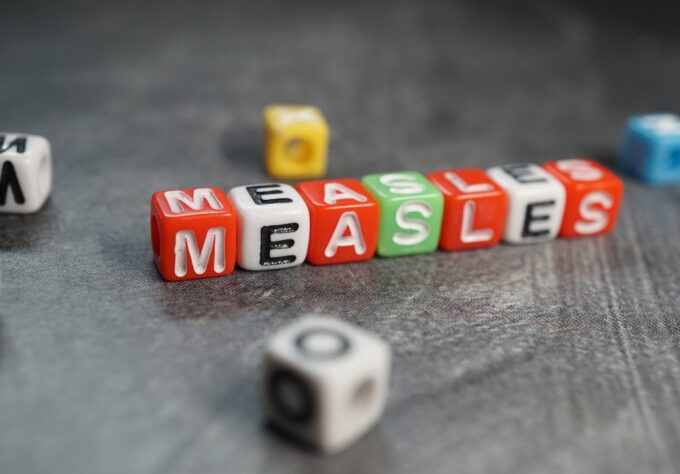If your child is seriously ill and needs a very high level of medical care, they may be sent to the pediatric intensive care unit (PICU). The PICU is different from other parts of the hospital; it is designed for intensive nursing care and helps for constant monitoring of things like your child’s heart rate, breathing, and blood pressure. PICU Basics Your child may be put into the PICU for the following reasons: Severe breathing problems from asthma Serious infections Certain types of heart conditions Complications of diabetes Post care for major surgery Experienced a serious accident While in the PICU, you and your child will meet many different members of their medical team. This care team includes: Doctors (often called Attending Physicians), Residents, Fellows and Medical students Nurses Respiratory, Occupational, Physical, and Speech Therapists Pharmacists Nutritionists Social Workers, Child Life Specialists, Psychologists and Psychiatrists Children in the PICU will […]











